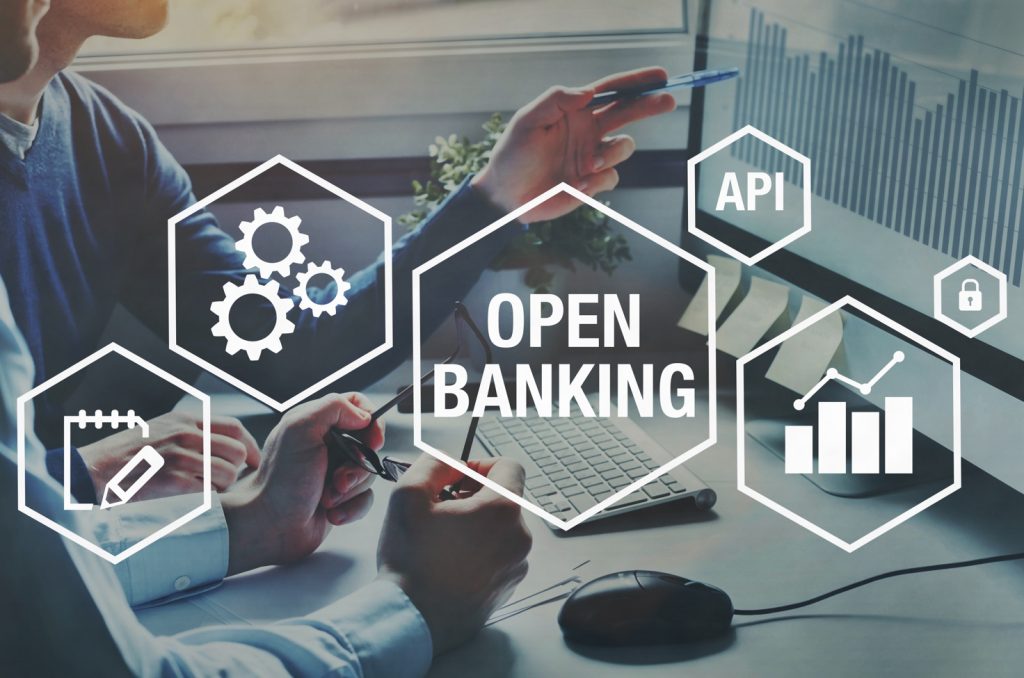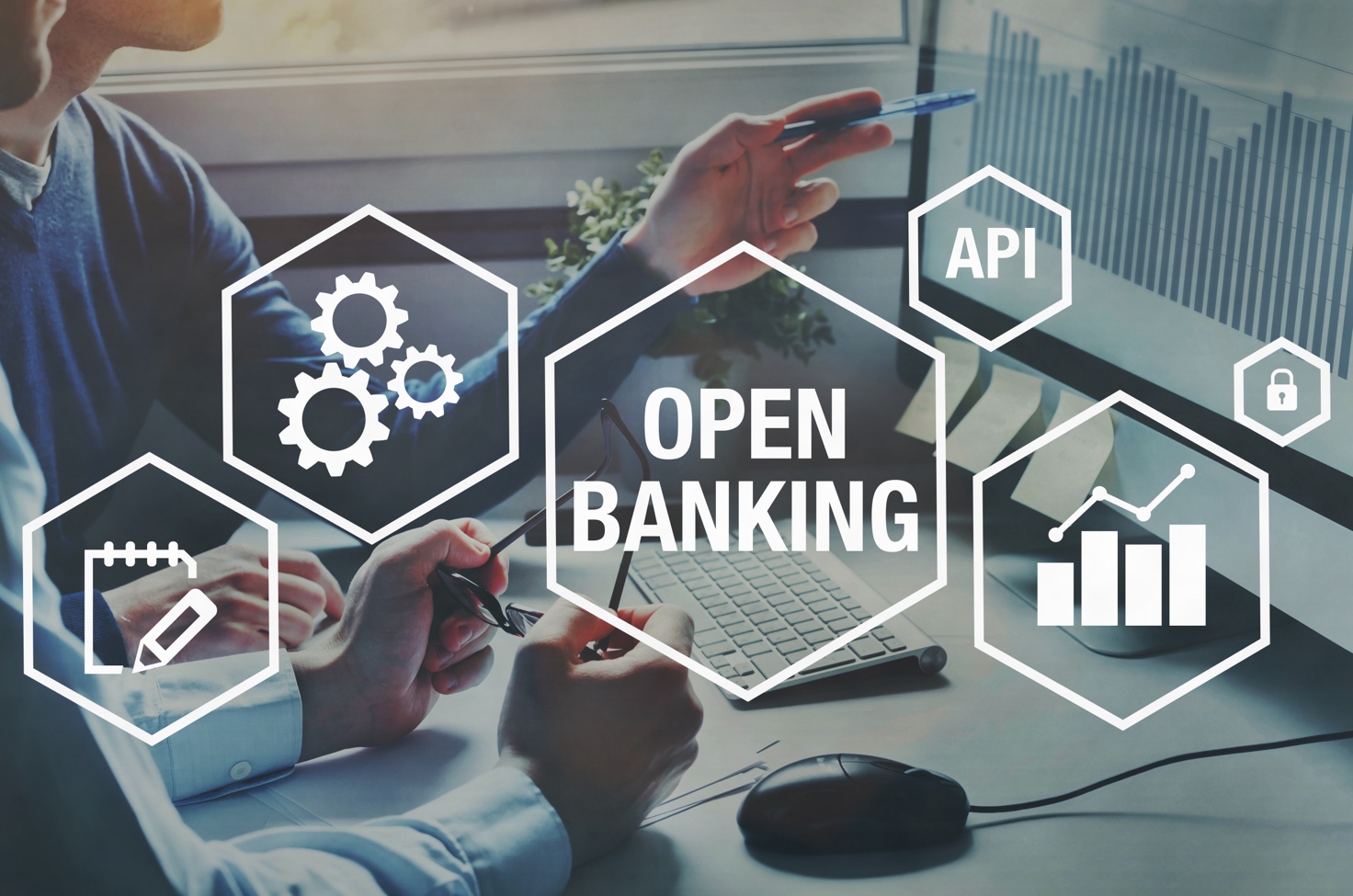
In an era where technology drives evolution across almost every sector, the banking industry has not been left behind. The emergence of open banking represents a pivotal shift in the operation of financial services, embracing digital innovation to enhance both customer experience and operational efficiency.
The Rise of Open Banking
What is Open Banking?
Open banking is a system where banks open up their APIs, allowing third-party developers to build applications and services around the financial institution. This transparency leads to better customer service, innovation, and efficiency. It enables a more competitive marketplace where consumers benefit from customized banking solutions and financial management tools.
Benefits to Consumers
Consumers increasingly seek control over their financial data and the ability to manage multiple facets of their finances through a single platform. Open banking facilitates this by empowering customers with choice, transparency, and better control. It allows them to access a wide range of financial services, including more competitive rates on loans and savings, more accessible payment services, and enhanced financial advice.
Technological Innovations Driving Change
Mobile Banking and AI Integration
The integration of Artificial Intelligence (AI) into mobile banking is revolutionizing the sector, offering more intelligent and proactive services. AI’s role extends beyond basic transaction processing to include complex analytics for personalizing customer interactions. By analyzing vast amounts of data, AI enables banks to offer tailored financial advice, anticipate customer needs, and predict future financial behaviors. This proactive approach enhances customer satisfaction and improves the overall decision-making process within banks, making operations more efficient and forward-thinking.
Blockchain and Security
Blockchain technology is increasingly becoming a cornerstone in the banking industry, especially in terms of transaction security and integrity. This technology provides a decentralized ledger that records all transactions across a network of computers, making it nearly impossible to alter any information without consensus from all involved parties. This level of security is crucial for maintaining trust in digital banking platforms. Additionally, blockchain supports the execution of smart contracts, which automate transactions and other banking processes in a secure and transparent way, thus further enhancing efficiency and reducing the potential for fraud.
Regulatory Challenges and Future Prospects
Navigating Compliance
As with any significant change, open banking comes with its regulatory challenges. Ensuring data protection and security while fostering an environment conducive to innovation requires striking a delicate balance. Regulatory frameworks are continually evolving to address these challenges, promoting an environment of trust and security.
The Future of Banking
The future of banking looks promising with the integration of technologies like IoT, which could lead to more personalized and efficient banking experiences. The continued evolution of open banking will likely shape a new era of financial services tailored to meet the changing needs of modern consumers.
Spotlight on CRIF
Innovating Customer Onboarding and Management
CRIF has been at the forefront of transforming the banking sector through innovative solutions. One of their key areas of expertise is enhancing the customer onboarding process. By utilizing advanced analytics and digital technologies, CRIF streamlines the onboarding and loan origination processes, significantly reducing the time and resources required for these critical operations.
Future Outlook and Impact on the Banking Sector
Looking forward, CRIF aims to continue its path of innovation by focusing on the integration of machine learning and predictive analytics into their services. This will improve the accuracy of credit assessments and enhance the overall customer management lifecycle. As banks increasingly adopt these advanced systems, the impact of CRIF’s technology is poised to become even more significant, potentially setting new standards for efficiency in the banking industry.
In conclusion, the synergy between technological innovation and open banking is reshaping the financial landscape, offering more personalized, secure, and efficient banking solutions that meet the demands of today’s digital-savvy consumers.
CRIF is a key player in this transformation, continuously pushing the boundaries of what’s possible in the banking sector.











